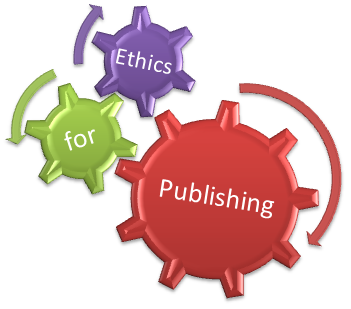Bit Error Rate Analysis of LTE Physical Layer with Different Channel Models
(*) Corresponding author
DOI: https://doi.org/10.15866/irecap.v7i7.13355
Abstract
Wireless technology had a remarkable success over the years but it still faces challenges like multiple interference and spectrum limitations. Therefore, Cellular communication evolution leads to create a new interface called Long term Evolution. It is a 3rd Generation Partnership Project within the Universal Mobile Telecommunication System. In order to improve the spectrum limitations, multiple interference new modulation techniques, enhanced antenna configurations and standard coding schemes are introduced to improve the overall performance of the system i.e., increased bandwidth within the specified frequency band to individual operators, reduced latencies as technical aspects and Push-To-Talk, machine-type communications being service oriented. In this paper, the main objective is to analyze the Long Term Evolution physical layer in Simulink environment by observing the bit error rate with different modulation techniques, channel models and antenna configurations.
Copyright © 2017 Praise Worthy Prize - All rights reserved.
Keywords
References
Jim Zyren, “Overview of the 3GPP Long Term Evolution Physical Layer”, White Paper, 2007.
S. Sesia, I. Toufik, and M. Baker, LTE, the UMTS long term evolution: from theory to practice, John Wiley and Sons, 2009.
http://dx.doi.org/10.1002/9780470742891
Laurent Boher, Rodolphe Legouable and Rodrigue Rabineau “Performance Analysis of Iterative Receiver in 3GPP/LTE DL MIMO OFDMA System” Orange Labs, 4 rue du Clos Courtel, 35512 Cesson-S´evign´eCedex, France 2008 IEEE.
http://dx.doi.org/10.1109/isssta.2008.26
Stefan Parkvall, Anders Furuskär, and Erik Dahlman, Ericsson Research "Evolution of LTE toward IMT-Advanced" IEEE Communications Magazine, February 2011.
http://dx.doi.org/10.1109/mcom.2011.5706315
Dr. K.V Sambasiva Rao, A. Sudhir Babu “Evaluation of BER for AWGN, Rayleigh and Rician Fading Channels under Various Modulation Schemes” International Journal of Computer Applications (0975 – 8887) Volume 26– No.9, July 2011.
http://dx.doi.org/10.5120/3132-4317
America, “Working group-4G, 5GAmerica” Inside 3GPP Release 13: Understanding the Standards for LTE-Advanced Enhancements 2016 Update, White Paper, June 2016.
Rih-Lung Chung, Po-Hao Chang, 2013, “Hardware-Software Co-Simulation of Downlink LTE-Based Transceiver”, IMECS, ISSN: 2078-0958, Vol. II.
Kinkar Choudhury, Oindri Ray, “Advanced in based 3GPP Gateway over cloud”, 2016 2nd International Conference on Advances in Computing, Communication and Automation (ICACCA), INSPEC Accession Number: 16484599.
http://dx.doi.org/10.1109/icaccaf.2016.7749013
Huawei, “5G: A Technology Vision,” White paper, Feb 2014.
Motorola, Long Term Evolution (LTE): Overview of LTE Air-Interface” Technical White Paper, 2007.
A. Roessler, J.Schlienz, S.Merkel, M.Kottkamp, “3GPP- LTE Advanced Technology Introduction” white paper, 2014.
Ericsson, “4G: LTE – a 4G Solution”, White paper, April 2011.
3GPP ITU-R,"IMT-Advanced”, October 2009.
Finland, “Nokia Solutions and Networks” Nokia Networks LTE-Advanced, white paper, 2014.
Quallcom,” The essential role of Gigabit LTE & LTE Advanced Pro in a 5G World”, whitepaper, 2017.
“SC-FDMA: Single Carrier FDMA in LTE”, White Paper, 2009.
Refbacks
- There are currently no refbacks.
Please send any question about this web site to info@praiseworthyprize.com
Copyright © 2005-2024 Praise Worthy Prize








